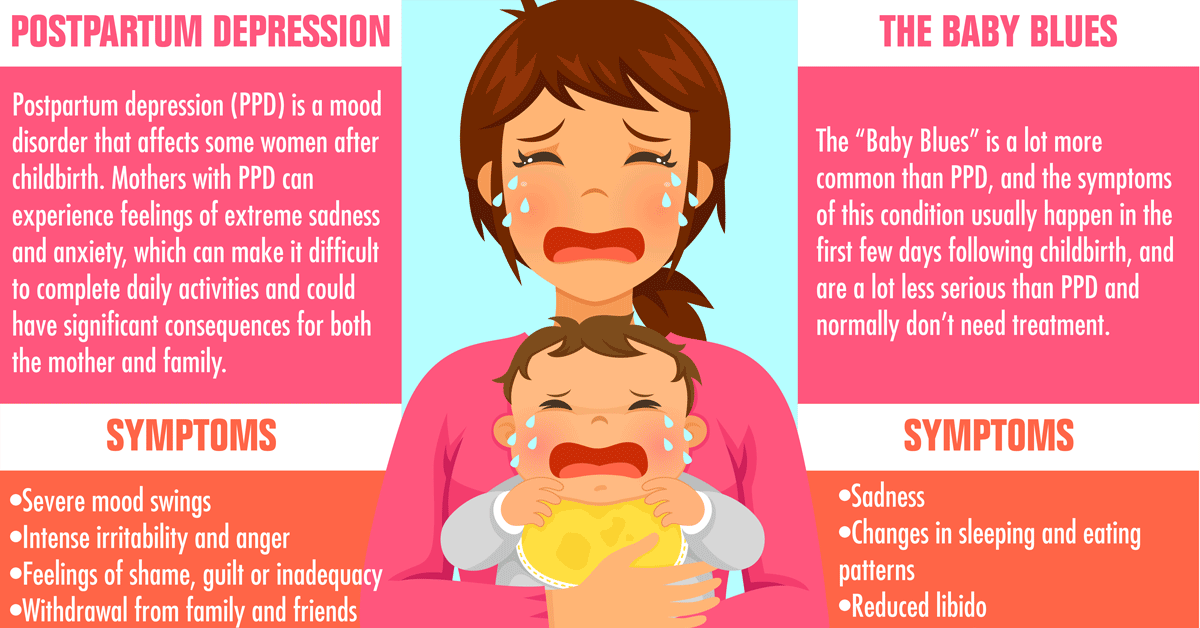Best Therapy For Alcohol Addiction
Best Therapy For Alcohol Addiction
Blog Article
Just How Do Mood Stabilizers Work?
State of mind stabilizers assist to calm locations of the mind that are impacted by bipolar affective disorder. These medicines are most effective when they are taken consistently.
It might take a while to locate the right medication that works finest for you and your medical professional will monitor your condition throughout treatment. This will certainly entail normal blood examinations and possibly a change in your prescription.
Natural chemical guideline
Natural chemicals are a team of chemicals that regulate one another in healthy individuals. When levels end up being out of balance, this can cause state of mind problems like depression, anxiety and mania. Mood stabilizers help to avoid these episodes by assisting control the equilibrium of these chemicals in the mind. They additionally might be made use of along with antidepressants to boost their performance.
Drugs that function as state of mind stabilizers consist of lithium, anticonvulsants and antipsychotics. Lithium is perhaps the most well known of these medications and jobs by influencing the circulation of salt via nerve and muscular tissue cells. It is frequently made use of to deal with bipolar illness, but it can also be helpful in treating other mood disorders. Anticonvulsants such as valproate, lamotrigine and carbamazepine are also effective state of mind maintaining drugs.
It can spend some time to locate the appropriate sort of drug and dosage for every person. It is essential to deal with your doctor and engage in an open dialogue about just how the drug is benefiting you. This can be specifically practical if you're experiencing any kind of adverse effects.
Ion network modulation
Ion channels are a major target of state of mind stabilizers and several various other medications. It is now well established that they are dynamic entities that can be regulated by a selection of outside stimuli. Additionally, the modulation of these channels can have a range of temporal results. At one extreme, adjustments in gating characteristics may be fast and rapid, as in the nicotinic acetylcholine receptor/channel system. At the various other end of the range, covalent adjustment by protein phosphorylation might cause modifications in channel function that last much longer.
The field of ion channel inflection is getting in a period of maturity. Recent studies have actually shown that transcranial focused ultrasound (US) can boost nerve cells by triggering mechanosensitive potassium and sodium channels installed within the cell membrane layer. This was demonstrated by expressed networks from the two-pore domain name potassium household in Xenopus oocytes, and focused US considerably modulated the existing streaming with these channels at a holding voltage of -70 mV (appropriate panel, family anxiety therapy member effect). The outcomes follow previous observations showing that antidepressants influencing Kv channels regulate glia-neuron communications to contrary depressive-like behaviors.
Neuroprotection
Mood stabilizers, like lithium, valproic acid (VPA), and carbamazepine, are crucial in the therapy of bipolar disorder, which is characterized by recurring episodes of mania and anxiety. These drugs have neuroprotective and anti-apoptotic properties that aid to avoid cellular damages, and they likewise enhance mobile resilience and plasticity in useless synapses and neural circuitry.
These protective activities of mood stabilizers might be moderated by their inhibition of GSK-3, inositol signaling, and HDAC task. Additionally, long-term lithium therapy safeguards against glutamate excitotoxicity in cultured nerve cells-- a model for neurodegenerative problems.
Research studies of the molecular and mobile impacts of mood stabilizers have actually shown that these drugs have a vast array of intracellular targets, including numerous kinases and receptors, in addition to epigenetic alterations. Further study is required to figure out if mood stabilizers have neurotrophic/neuroprotective activities that are cell type or wiring specific, and just how these effects might complement the rapid-acting restorative response of these representatives. This will aid to develop brand-new, quicker acting, extra efficient therapies for psychiatric ailments.
Intracellular signaling
Cell signaling is the process by which cells interact with their setting and other cells. It entails a sequence of action in which ligands communicate with membrane-associated receptors and bring about activation of intracellular pathways that manage vital downstream mobile functions.
State of mind stabilizers act on intracellular signaling via the activation of serine-threonine protein kinases, leading to the phosphorylation of substratum proteins. This turns on signaling cascades, bring about changes in genetics expression and cellular function.
Several mood stabilizers (including lithium, valproate and lamotrigine) target intracellular signaling paths by inhibiting certain phosphatases or activating certain kinases. These results cause a decline in the activity of these pathways, which brings about a reduction in the synthesis of specific chemicals that can influence the brain and result in signs of depression or mania.
Some mood stabilizers likewise function by enhancing the task of the repressive neurotransmitter gamma-aminobutryic acid (GABA). This improves the GABAergic transmission in the brain and decreases neural task, thereby producing a soothing result.